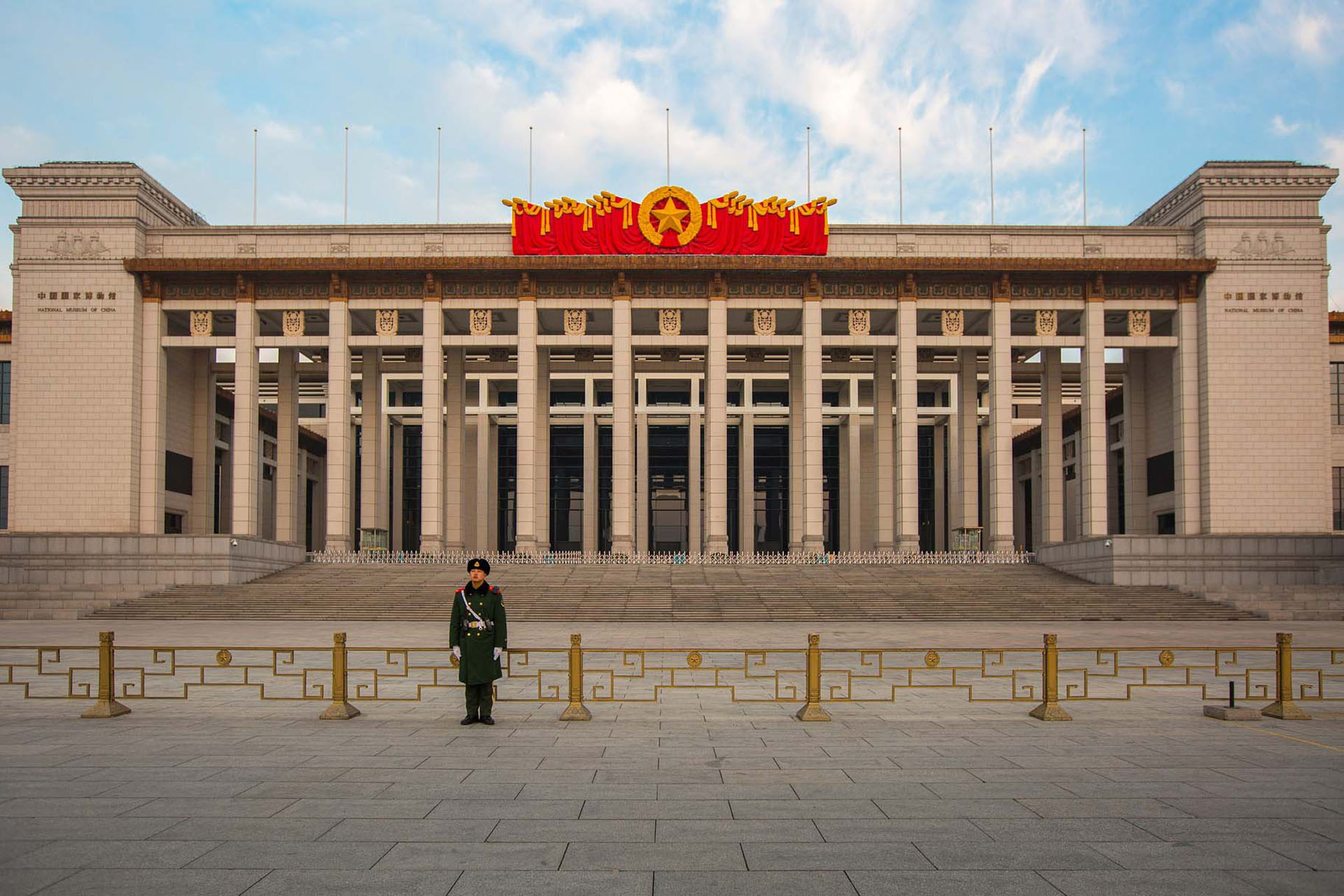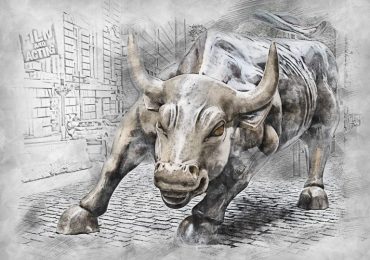Shanghai Stock Exchange – the leader of the Asian stock market
Some Asian countries have long established as leaders in technology and stock markets. Therefore, the main stock exchange of the region is the Shanghai Stock Exchange. It confidently holds the fourth place in the ranking of the largest stock exchanges in the world by capitalization, slightly lagging behind the Japanese market, which we have already mentioned. For more than 100 years, operations with securities, the turnover of which, as of 2019, is 5 billion dollars, have been conducted in its trading floors.
The convoluted history of Shanghai Stock Exchange
Shanghai Stock Exchange defines Asian stock market performance. Everybody planning to work in this region first looks at the numbers of the exchange.
Its story began in the 60s of the XIX century, when foreign businessmen came to China formed the stock trading market. In 1891, the boom of mining companies began in the Middle Kingdom, and then the Shanghai Association of Stock Brokers was formed. This was the first attempt to bring these activities in China to the official field. The association became the prototype of what Shanghai Stock Exchange would be called in the future.

In the XX century, the Chinese securities market began to develop. In the period from 1920 to 1921, Shanghai Stock Exchange first opened in the Middle Kingdom, then the commodity, and then Shanghai Huashang Stock Exchange. Immediately after the end of the Second World War, it was transformed into New Shanghai Stock Exchange.
Nevertheless, despite the rapid emergence of new sites, the stock activity in China did not play a key role in the economy of the country, which for the most part relied on the agricultural sector.
After working for 29 years, Shanghai Stock Exchange closed in 1949. Soon after, the doors of the next new trading platforms opened in Tianjin and Beijing. There were operations with government bonds. However, the history of the stock exchanges was short – already in 1952, they closed due to speculations incompatible with the socialist system of the state. An additional factor was the fact that just in the 50s the Communist Party came to power in China.
Things began to improve when Deng Xiaoping’s reforms began in the country. This official was the de facto leader of China from the late 1970s to the early 1990s, integrating the state into the global financial context. In the early 80s, government bonds appeared on the local securities market, and then stocks of companies from different cities of China became available for trading. This led to the familiar Shanghai Stock Exchange today.









